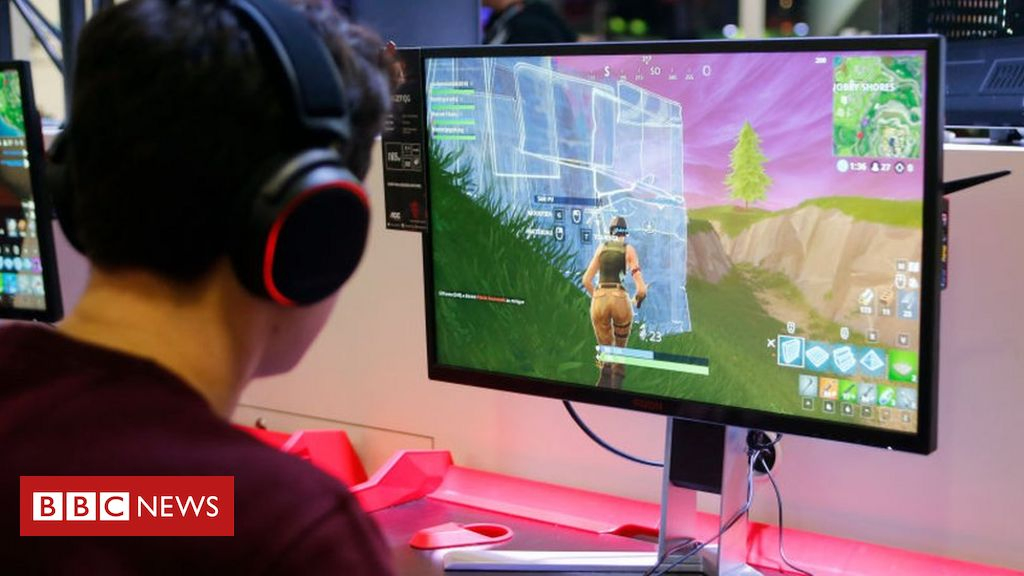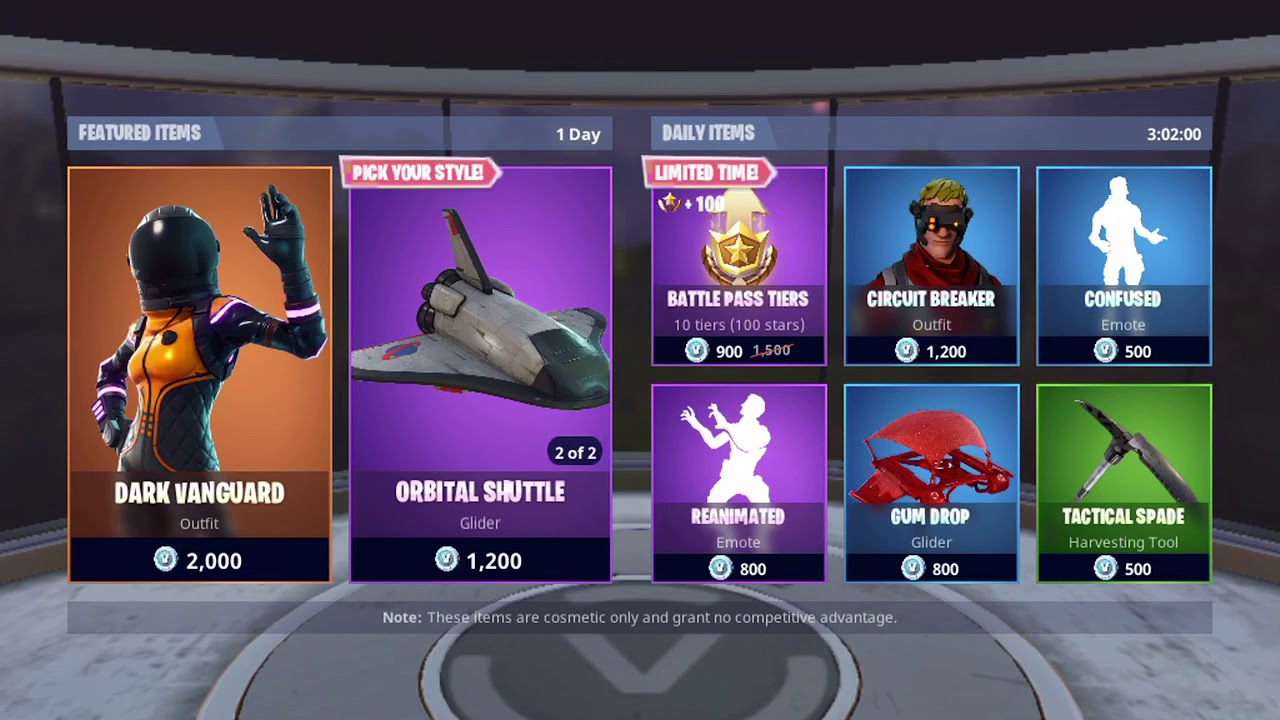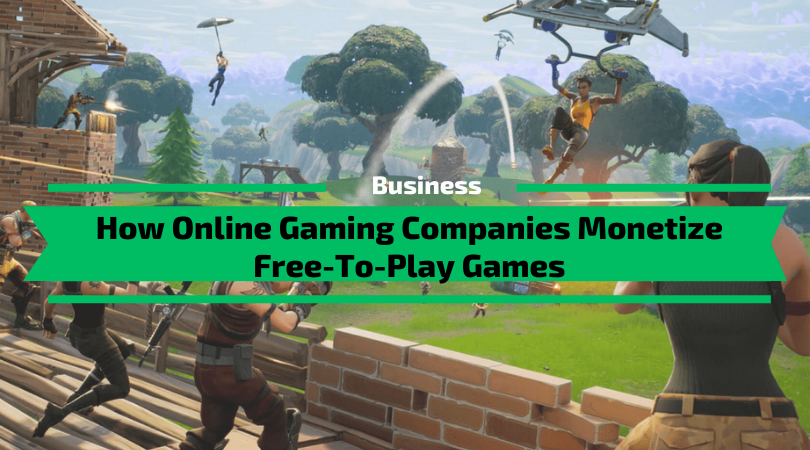Ever since Candy Crush Saga and similar puzzle games launched, free-to-play games have been seen as one of the most forward-thinking ways of bringing unexpected revenues into a games development company.
As marketing and PR firms begin to realize the true potential of gamification. Because it drives user interaction like few other marketing techniques can, suddenly free-to-play games are in high demand across a wide cross-section of industries, with sectors as far-ranging from motoring to tourism getting in on the act.
This was sent into overdrive when Epic Games launched their popular Fortnite battle royale video game. Despite being free, it managed to gross the company well over $1 billion in revenue, a number that continues to climb despite its current battles with various app stores.
Here are some of the ways that gaming companies are making profits from games, despite them being free for players to acquire or download.
Table of Contents
#1. Start Free and Pay Later
The tried and tested way of getting free-to-play business models to work is to provide a game for free for a certain amount of time before then converting players over into being fully-fledged paying customers.
The benefit of this for customers is that they can try lots of games for free before deciding which one they will enjoy over the weeks and months to come. This can also be done in the form of bonus incentives, giving players a certain amount of free credit until it runs out and they can decide whether to play on.

Fortnite was a ground-breaking game in the field of free-to-play games, and one that continues to do good business today even during the Apple App Store ban saga.
#2. People Are Willing to Pay for More
What many developers have begun to realize is that people are far more willing to pay for status symbols and a competitive edge within a game than they are to simply purchase the right to play a game.
The previously mentioned Fortnite is a perfect example of this, with players shelling out their hard-earned cash for everything from new avatars to special edition weapon skins and even Epic Games’ very own in-game currency packs.

Pokémon Go brought a wealth of new monetization options to the table, many of which have yet to be fully explored
#3. Pokémon Go Became a Marketing Platform
For many mobile users, Pokémon Go was an innocent bit of fun, encouraging players to get out and about in their local areas to hunt down Pikachu and all his fellow Pokémon.

However, there was so much more at play than met the eye, with marketing buffs realizing the potential that the AR infused game had for directing people in the direction of certain businesses in real-time.
This meant that local businesses could pay the game’s developers to have a Pokémon gym in the midst of their café, bar or shop; thus creating a lucrative revenue stream, with customers willing to spend all day in an establishment as long as rare Pokémon were guaranteed to be found there.
#4. Paying to do Away with Ads and Delays to Leveling Up
One of the more controversial ways in which gaming companies have long tried to extract money from players is to pepper people with distracting or just downright annoying adverts, which for a fee can be done away with altogether.
While this strategy can work, the game in question must be flawless in order for players not to simply abandon it in disgust, with a bitter taste left in their mouths.
It is for this reason that many games developers who do choose to pursue this questionable practice tend not to paste their brand all over the game in question, due to not wanting to be associated with games that sink low in order to eke every last cent out of gamers.
Another perhaps fairer way of doing this is to explain to players that the first few levels of a game will be free. But that if they wish to continue playing, they will be asked to pay. At least this way customers do not feel duped by the small print that most would need a magnifying glass to read.
#5. In-Game Advertising
Another area that is truly untapped in free-to-play games is product placement, although there are some pioneers who are setting this in motion.
Mario has driven a Mercedes in Mario Kart and players of the Sims can build their very own McDonalds restaurant. However, these product placements tend to occur in paid games rather than their free counterparts.
This is one area that free-to-play games could certainly extract more revenues, especially as more and more people head online to buy goods and services rather than the high street.
#6. The Streaming Connect
We have waffled a lot about Fortnite in this article and are about to do so again because it is practically the only free-to-play game that has had the online streaming community raving about it since day one.
In order to make serious money free-to-play games must have as large a player base as possible, and streamers with their giant followings can provide just that. Alternatively, you may start a gaming blog or a youtube channel and monetize it with sponsorship, ads or through affiliate marketing.
Paying players such as Dr Disrespect to play your new game for a couple of hours might be costly in the short term, but could pay off big time down the line, especially if he loves it so much he keeps on playing beyond your agreed-upon deal.
 Monetize.info We Help You Grow & Monetize Your Online Business!
Monetize.info We Help You Grow & Monetize Your Online Business!





![10 Ways To Find a Buyer for Your Online Business [With Examples]](https://monetize.info/wp-content/uploads/2024/04/10-Ways-To-Find-a-Buyer-for-Your-Online-Business-With-Examples-310x165.webp)

